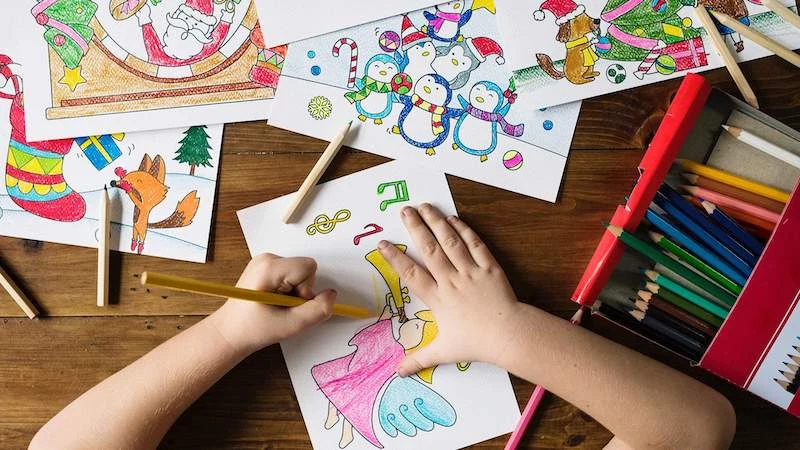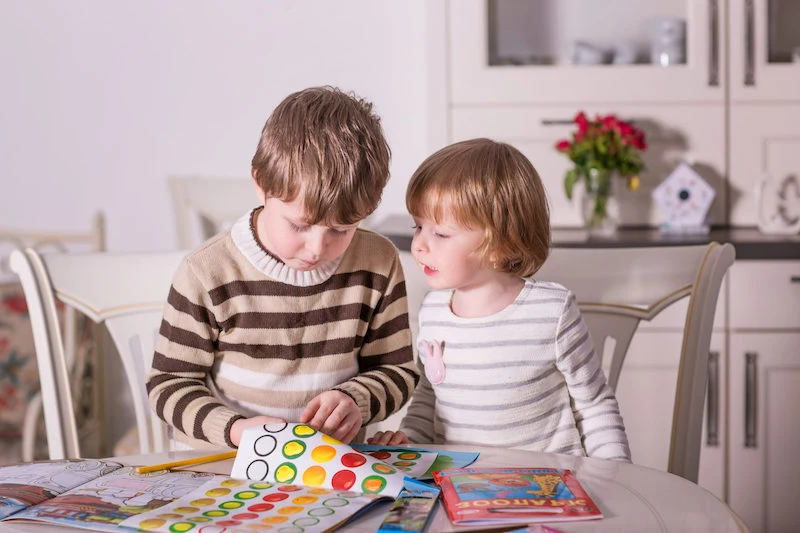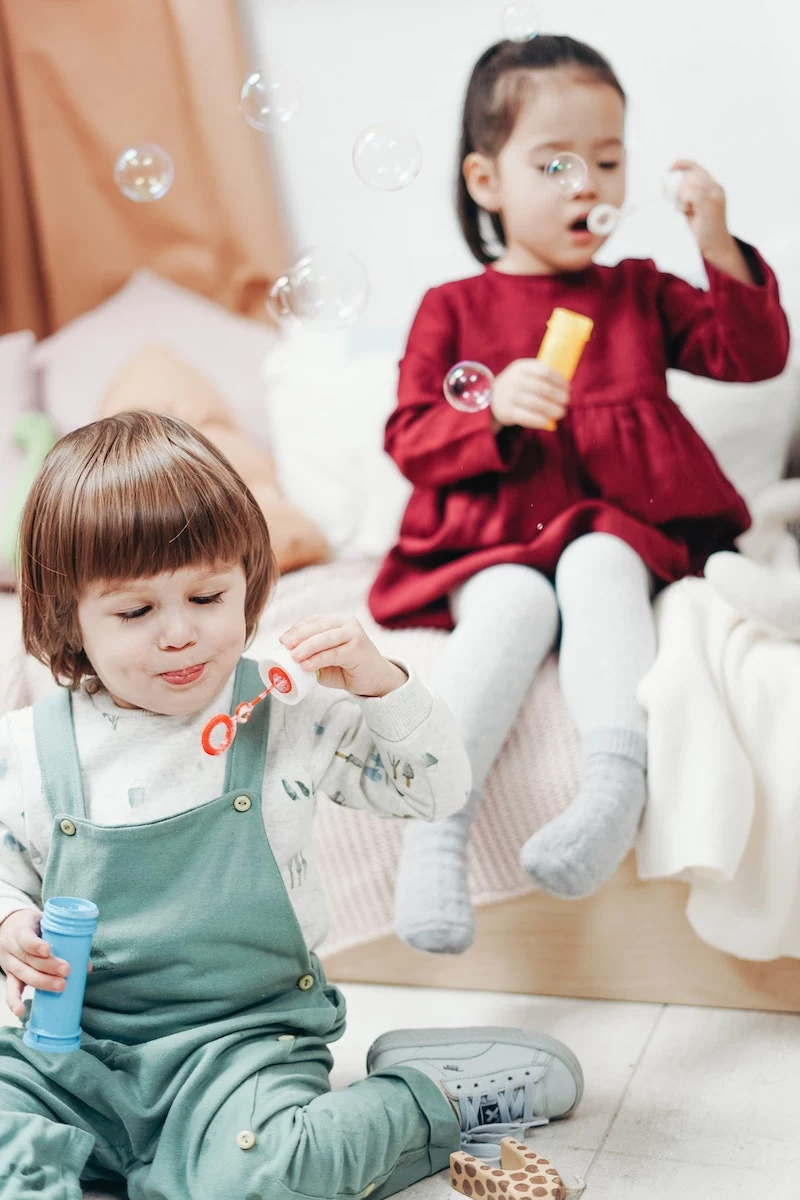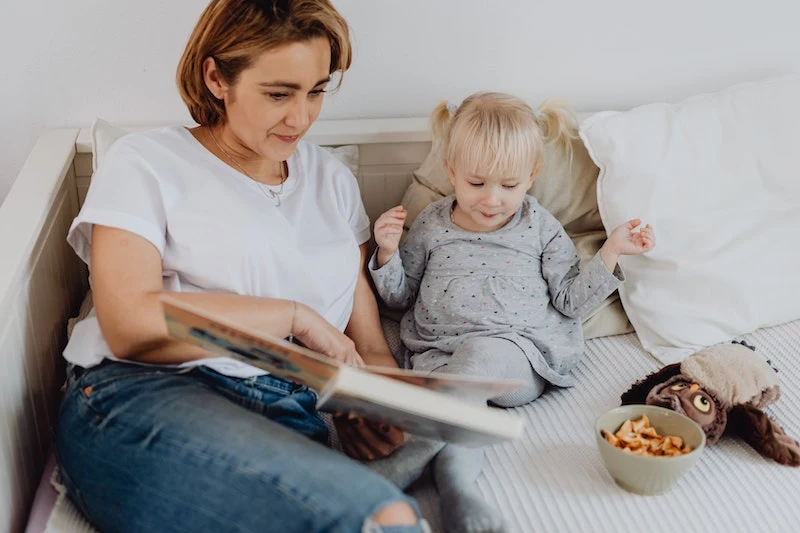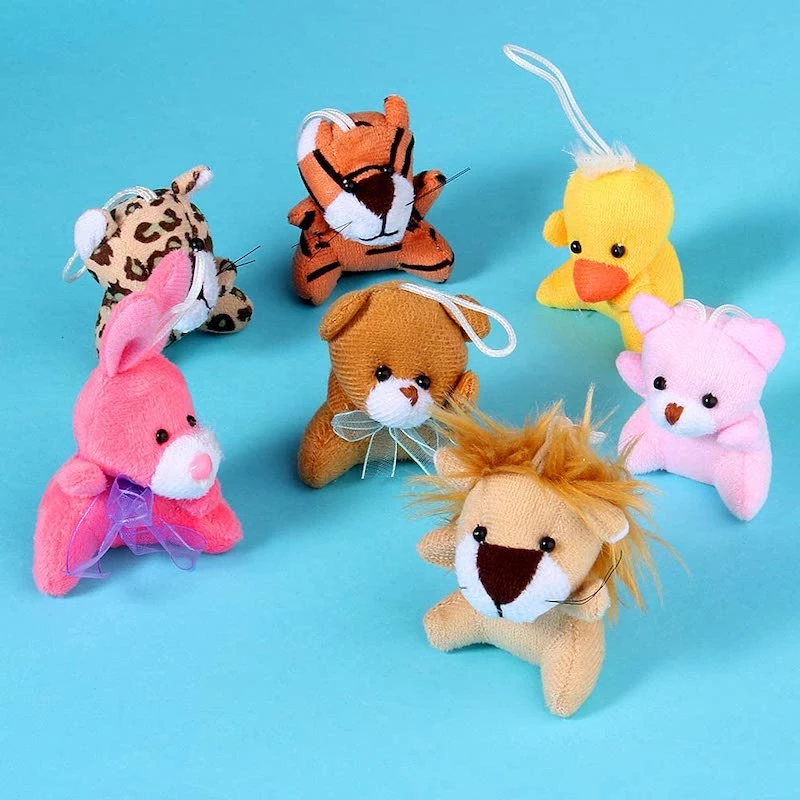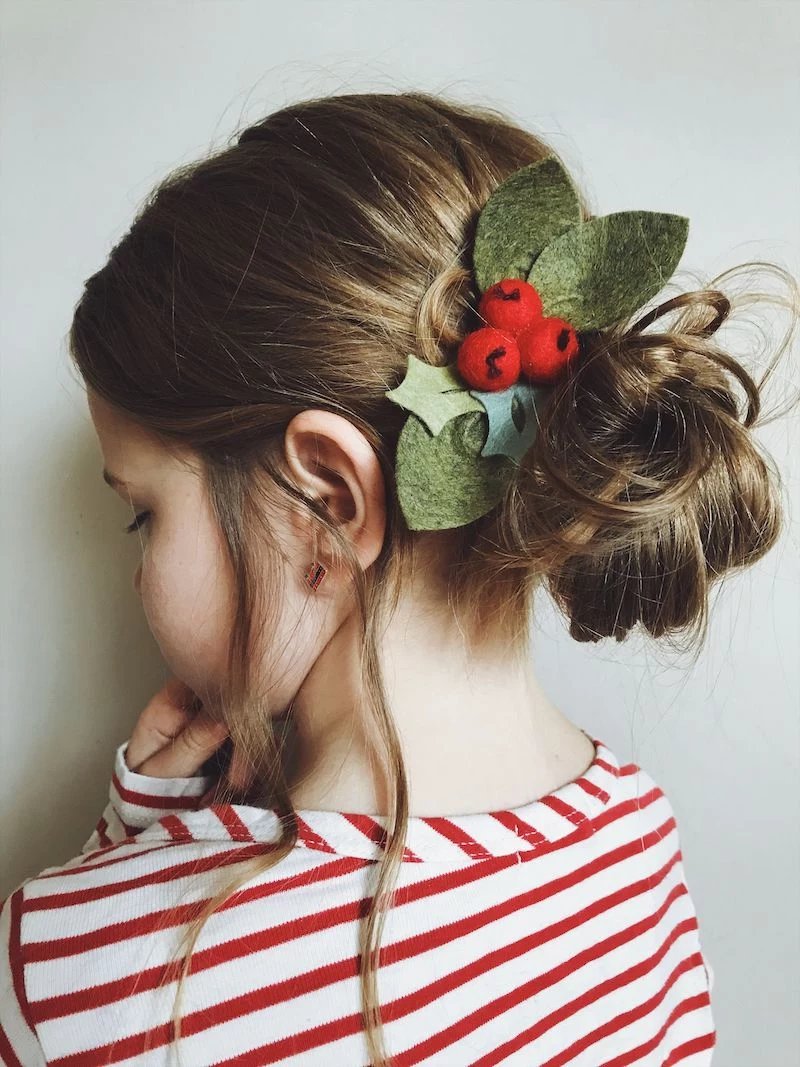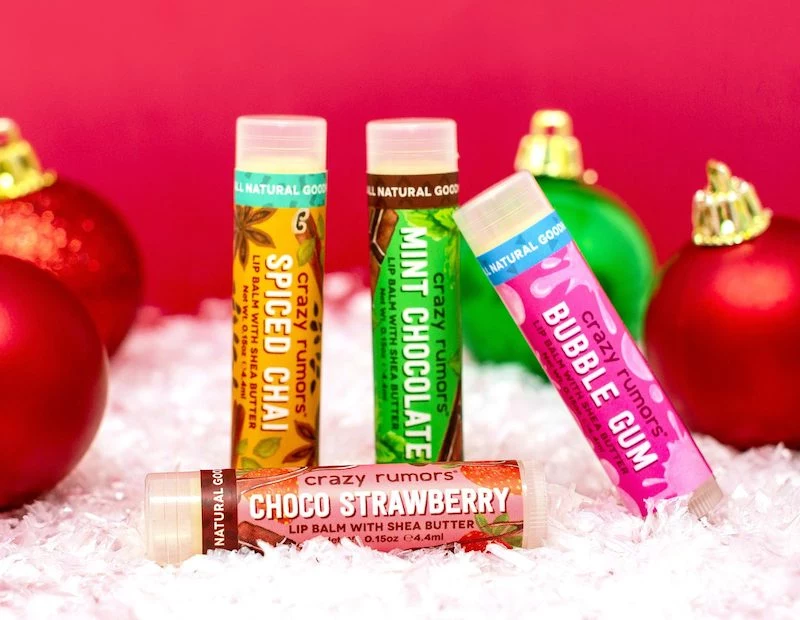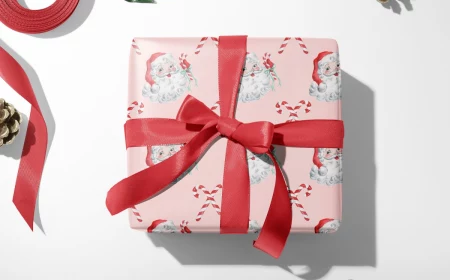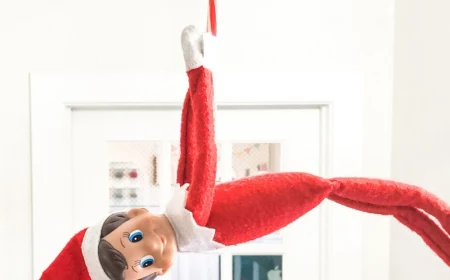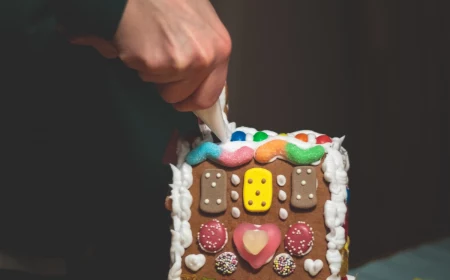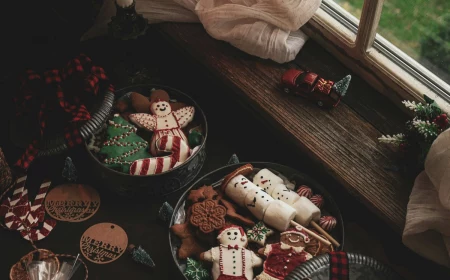Forget the Junk: A Real-Talk Guide to Toddler Stocking Stuffers
I can still picture my son’s first Christmas stocking. It was this tiny felt snowman, and wow, it looked incredibly empty. The pressure I felt was real. I wanted to fill it with actual magic and joy, not just cheap plastic trinkets that would be lost in the toy box by New Year’s Day. After spending a couple of decades working in early childhood development—and raising a few kids myself—I’ve come to see a toddler’s stocking as a huge opportunity. It’s a chance to pack in some small, powerful tools for play and learning that genuinely light up a little kid’s face.
In this article
Honestly, this isn’t about spending a ton of money or chasing the trendiest toy of the season. It’s about getting what makes a toddler tick. Between one and three, their brains are firing on all cylinders. They’re figuring out how to use their hands, make sense of language, and explore absolutely everything with their senses. The best stocking stuffers are more than just objects; they’re catalysts for all that amazing growth. They’re useful, engaging, and perfectly sized for little hands and curious minds.
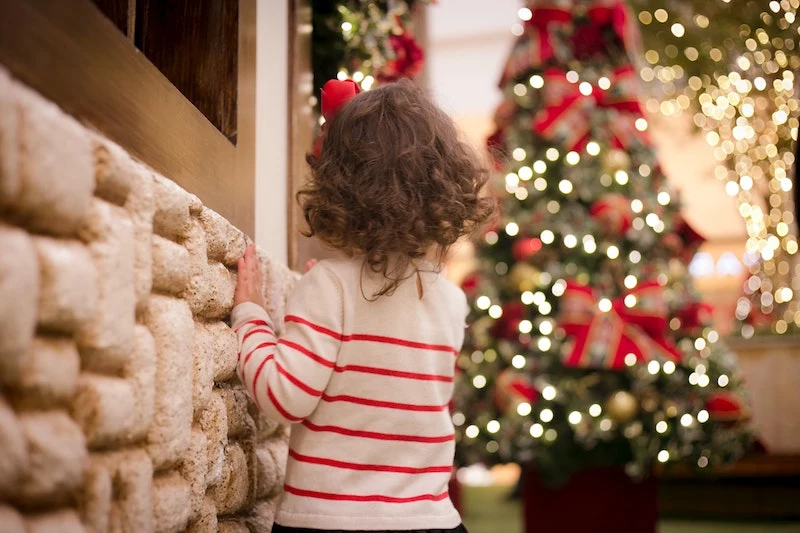
So let’s ditch the clutter and focus on filling that stocking with purpose.
First Things First: The Safety Talk (It’s Non-Negotiable)
Before we even get to the fun stuff, we have to talk about safety. This is, without a doubt, the most important part. A toddler’s main way of exploring is with their hands and, let’s be real, their mouth. Your number one job is to be their personal safety inspector.
The Toilet Paper Tube Test
The single most critical safety check is for choking hazards. Good to know: There’s a super simple and effective guideline for this. Grab an empty toilet paper tube. If a toy, or any piece that can break off a toy, fits completely inside that tube, it is a choking hazard for a child under three. This is a hard and fast rule in my house. It’s a quick test that can prevent a tragedy, and it costs nothing.
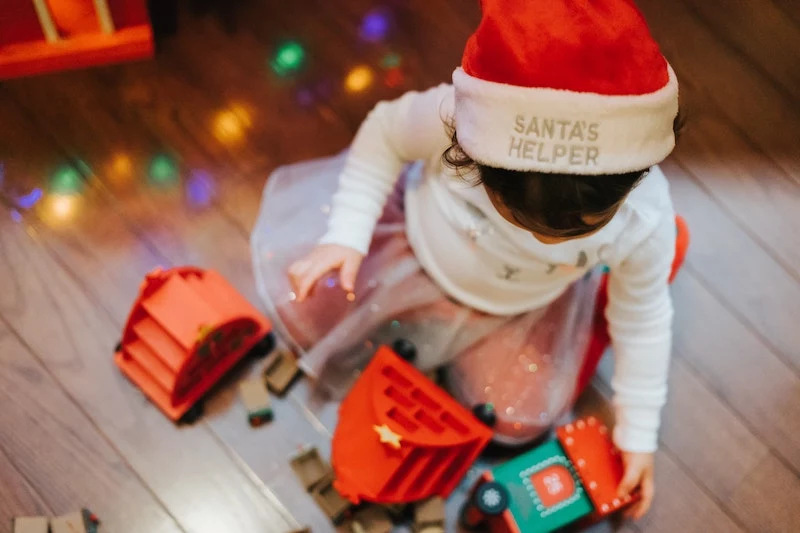
Heads Up! Beware of Button Batteries
Okay, this is a serious one. Button and coin batteries, which you often find in small electronic toys, singing greeting cards, or even key fobs, are incredibly dangerous if swallowed. They can cause severe, life-threatening chemical burns in as little as two hours. To be frank, I strongly advise against giving any item with an easily accessible button battery to a toddler. If you have things like that in your house, make sure the battery compartments are screwed shut and give them a jiggle now and then to be sure they’re secure. It’s a risk that’s just not worth taking.
Reading the Fine Print: Materials & Ingredients
A toddler’s skin is sensitive, and again, things are going in their mouth. You have to become a label detective.
- Art Supplies: Always look for the “AP” (Approved Product) seal, which certifies that a product is non-toxic. For crayons, markers, and paints, this is a must-have. You’ll often find this on trusted brands like Crayola.
- Plastics: Keep an eye out for items labeled “BPA-free.” Most major manufacturers have moved away from it, but it’s still a great habit to double-check.
- Bath Stuff: Fun soaps and bubble baths can have harsh perfumes and dyes. Opt for brands made specifically for sensitive toddler skin. And always check the ingredient list for any allergens you know your child has.
- Food Treats: We’ll get to the good food ideas in a bit, but for now, just be mindful of common choking hazards like hard candies, whole nuts, and gooey caramels.

Gifts That Grow With Them: Ideas That Build Skills
Now for the fun part! Instead of just a random list, let’s think about gifts based on the skills they help build. This way, a simple gift becomes a thoughtful tool for your child’s development. I’ve used this approach for years to help parents and new teachers choose the best materials.
1. Tools for Building Tiny Hand Muscles (Fine Motor Skills)
Fine motor skills involve all those little muscles in the hands and fingers. Building these skills is the foundation for everything from learning to write and buttoning a coat to using a fork. A stocking is the perfect home for these small but mighty tools.
What to Look For:
- Chunky Crayons and Markers: Standard crayons are just too thin and snap in a heartbeat. Look for thick, chunky crayons or, even better, egg-shaped or rock-shaped crayons like Crayola’s My First Palm-Grip Crayons. These encourage a toddler to use a palmar grasp (fisting the crayon), which is a natural step before they develop the pincer grasp needed for writing. You can find a good set for between $5 and $15.
- Play-Dough or Modeling Clay: A few small tubs of Play-Doh are worth their weight in gold for building hand strength. Squishing, rolling, and pinching is serious work for little hands! By the way, you can easily make your own. It’s cheaper, and you know exactly what’s in it.
Quick DIY Play-Dough Recipe: Mix 1 cup flour, ½ cup salt, and 2 tsp cream of tartar. Then, add 1 cup of water, 1 tbsp of vegetable oil, and a few drops of food coloring. Cook over medium heat, stirring constantly, until it forms a ball. Let it cool, then knead. Done!
- Large Lacing Beads: A small set of big wooden beads with a thick, shoelace-style string is a classic for a reason. Threading a bead requires serious hand-eye coordination. A crucial safety note: Make sure the string is thick and relatively short—no longer than 12 inches—to avoid any strangulation risk. A great starter set from a brand like Melissa & Doug usually runs about $15 to $25.
- Stickers: Never underestimate the power of stickers. Peeling a sticker off a sheet is a fantastic workout for that pincer grasp. Start with big, puffy stickers that are easier for little fingers to lift. You can grab a few sheets for just $2-$5 at Target or a craft store.
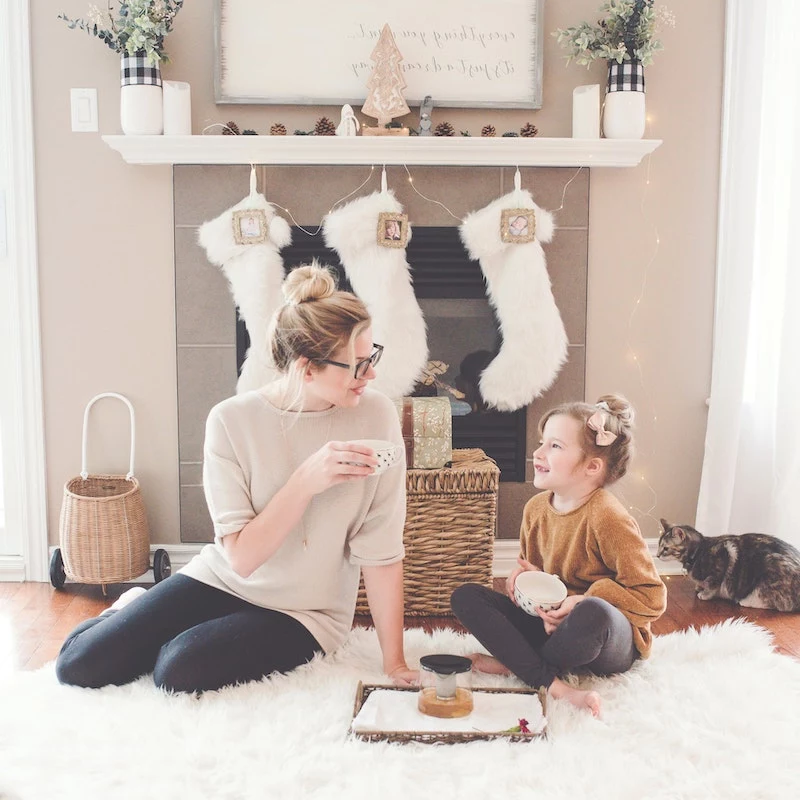
2. Goodies for Sensory Exploration
Toddlers are sensory beings. They learn about the world by touching, hearing, seeing, and even smelling. Sensory play helps build crucial nerve connections in the brain and can be incredibly calming for an overstimulated kid.
What to Look For:
- Textured Balls: A small set of balls with different textures—bumpy, smooth, spiky, soft—is a goldmine of tactile information. They’re easy to grab, roll, and safely mouth.
- Small Musical Instruments: An egg shaker or a small maraca is perfect. They provide a direct lesson in cause-and-effect: “When I shake this, it makes a sound!” Just check that the volume isn’t too loud for little ears. A pair of these is usually under $10.
- Bubbles: There’s a certain magic to bubbles that captivates every toddler. Watching them float and pop is great for visual tracking and encourages them to move, reach, and point. A bottle of non-toxic, tear-free bubble solution is pure, simple joy for a couple of bucks.
- Nature’s Treasures: Don’t forget the power of nature! I grew up near the coast, and some of my son’s favorite early treasures were a large, smooth seashell and a couple of water-worn stones. They were free, safe, and endlessly fascinating to him. A large pinecone (with no loose, sharp bits) can also be a wonderful sensory object.
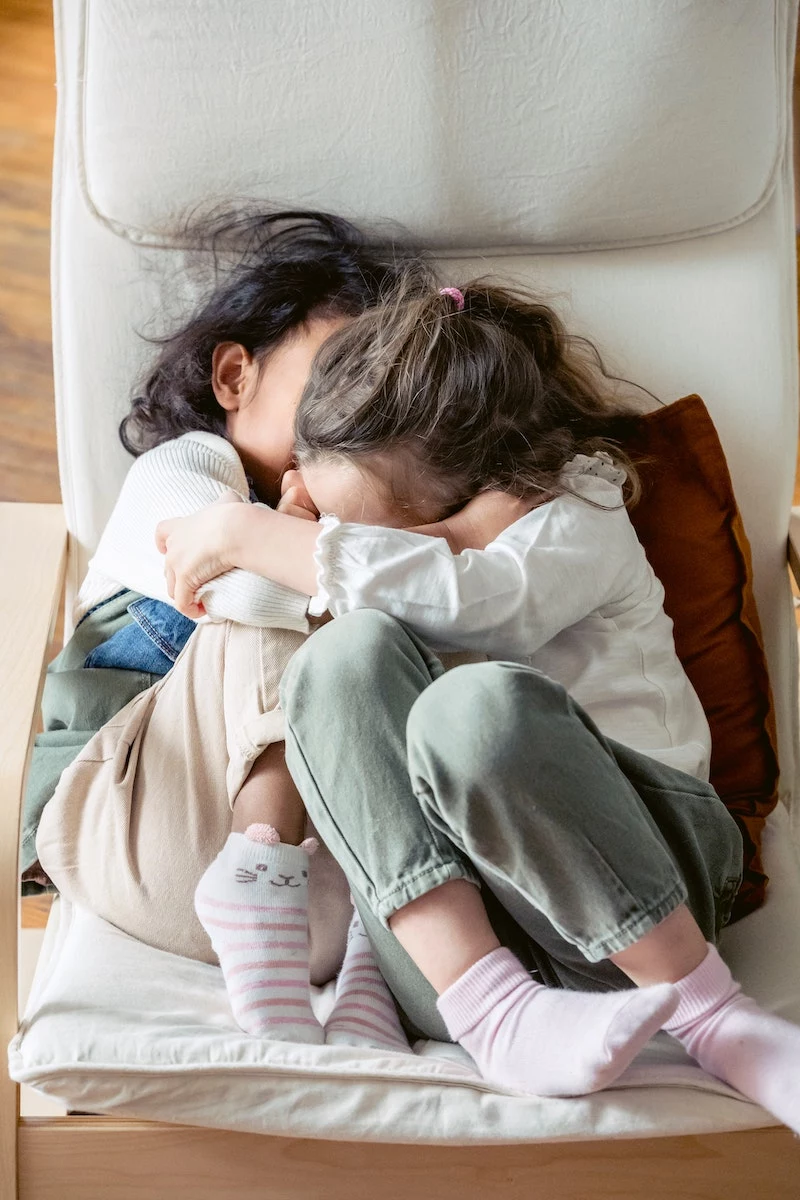
3. Practical Stuffers That Aren’t Toys
Sometimes the best stocking stuffers are the things you were going to buy anyway, just made fun!
- A Fun Toothbrush: Grab one with their favorite cartoon character and some toddler-safe training toothpaste.
- Cozy Socks: A pair of warm, fuzzy socks with grippy bottoms is both practical and comforting.
- Snack Accessories: A cool new snack cup or a fun, spill-proof sippy cup can make mealtimes a little more exciting.
- “Coupons” for Experiences: Make a few little handmade “tickets” they can redeem for a special trip to the playground, a picnic in the living room, or an extra bedtime story. It’s clutter-free and creates memories.
4. Toddler-Approved (and Safe!) Food Treats
Okay, so what food can you put in the stocking? You’ve got great options that aren’t choking hazards or pure sugar.
- Yogurt Melts or Freeze-Dried Fruit: These dissolve quickly in the mouth, making them a much safer option than hard or chewy candies.
- Soft Fruit Leather or Strips: Just be sure to cut them into small, manageable pieces.
- Applesauce or Fruit Pouches: Brands like GoGo Squeez are super convenient and perfectly portioned.
- Low-Sugar Cereal: A small baggie of a familiar whole-grain O’s cereal is a simple, beloved snack.
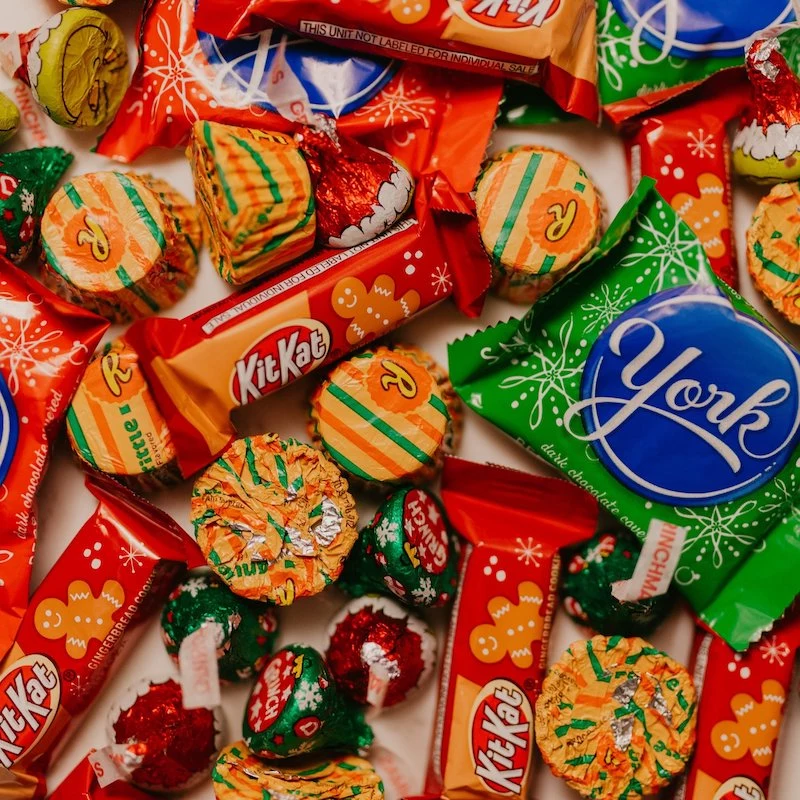
Quick-Reference Shopping List
Feeling overwhelmed? Here’s a quick-hit list to take with you.
- Egg-Shaped or Triangular Crayons ($5 – $15)
- Small Tubs of Play-Doh or DIY ingredients ($1 – $2 per tub)
- Large Lacing Bead Set (check for short cord!) ($15 – $25)
- Puffy Sticker Sheets ($2 – $5)
- Small Egg Shaker or Maraca ($5 – $10)
- Bottle of Non-Toxic Bubbles ($2 – $4)
- Fun Character Toothbrush & Toddler Toothpaste ($5 – $8)
- Grippy Bottom Socks ($3 – $7)
- Applesauce Pouches or Yogurt Melts ($1 – $3 each)
Inspirational Gallery
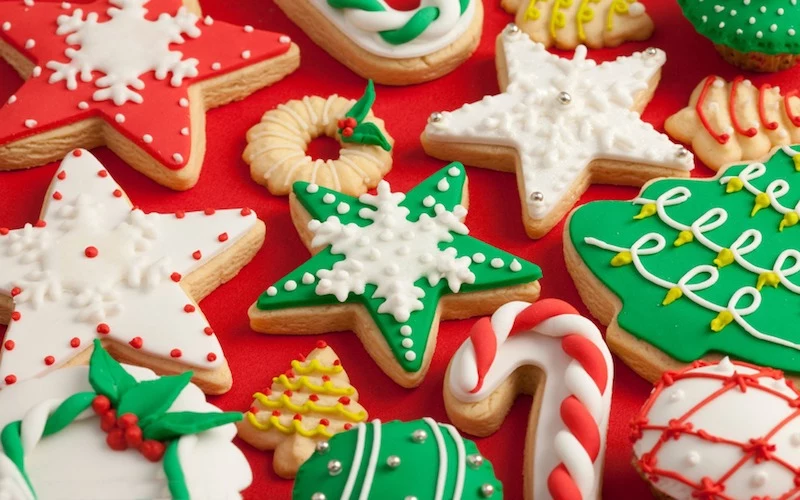
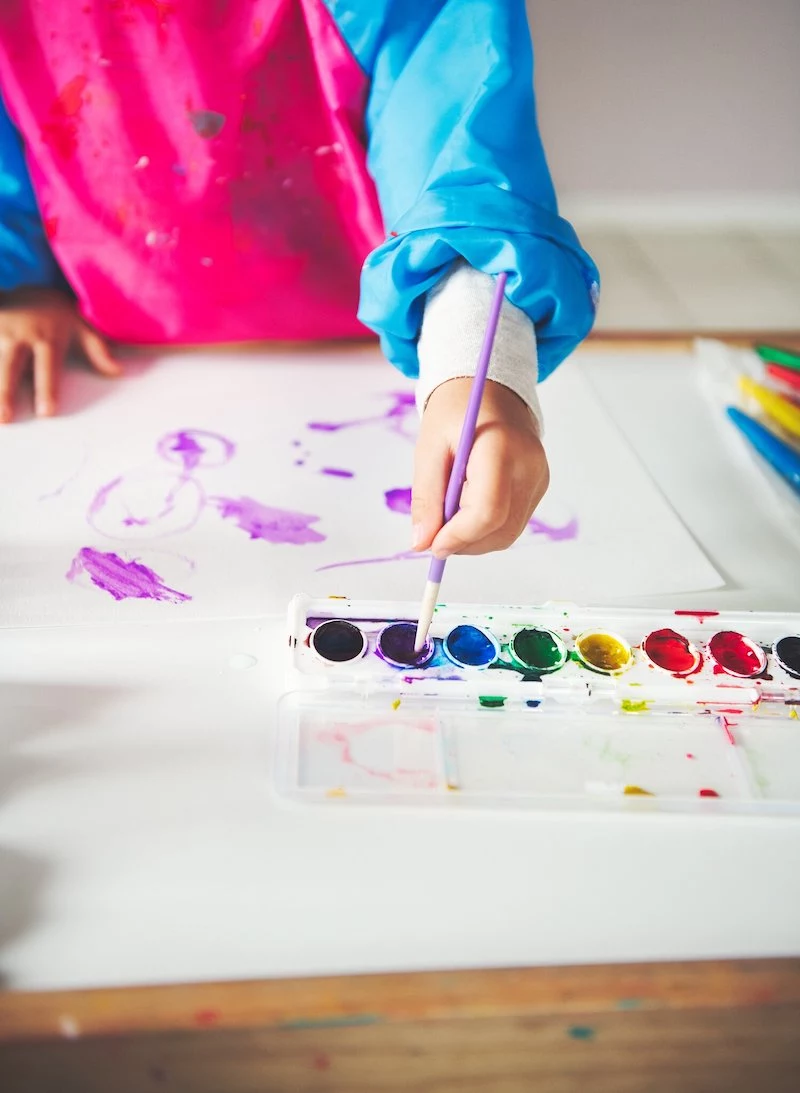
Play-Doh vs. Kinetic Sand: The classic, colorful Play-Doh is perfect for squishing, rolling, and early attempts at shaping. For a different sensory thrill, Kinetic Sand from brands like Spin Master offers a mesmerizing, mess-contained flow. For the youngest toddlers (18m+), Play-Doh’s soft texture is often a better starting point. For older toddlers (2.5+), the magical quality of the sand can be utterly captivating.
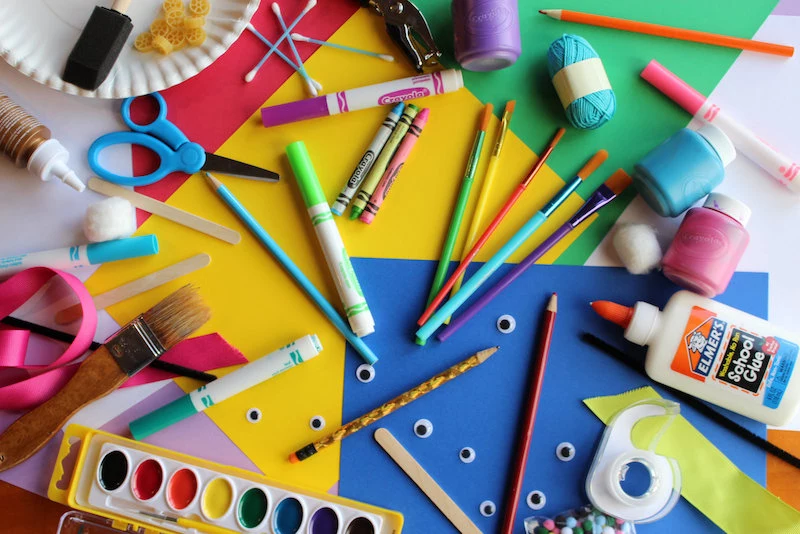
Beyond the basic crayon, think about art supplies that invite new textures and grips for developing hands. These are a few favorites:
- Crayola My First Palm-Grip Crayons, shaped like eggs, are perfect for fists that can’t yet manage a stick.
- Washable dot markers (like Do A Dot Art!) build hand-eye coordination with instantly satisfying results.
- A chunky paintbrush paired with a
- Builds fine motor skills and dexterity.
- Encourages quiet focus and patience.
- Introduces early problem-solving.
The secret? A simple set of large-format lacing cards. Sturdy wooden sets are fantastic, but you can even DIY a few from cardboard using a hole punch and a shoelace. It’s a surprisingly absorbing challenge for little fingers.
Did you know? The average attention span for a two-year-old is only about four to six minutes for any single, focused activity.
This is why a stocking filled with small, distinct items can be more engaging than one large toy. It allows them to discover, explore for a short burst, and then move on to the next treasure without feeling overwhelmed. Keep the items simple and the discovery process the main event.
Don’t underestimate the
The magic of the stocking isn’t just what’s inside, but the anticipation. Consider wrapping each small item individually in different textured papers—crinkly tissue, soft fabric scraps, or shiny foil. This turns the act of opening into a sensory experience all on its own, extending the joy and excitement on Christmas morning.
Think beyond toys and consider practical items that will see daily use. A high-quality, spill-proof cup can feel like a special prize for a toddler mastering new skills.
- The Munchkin Miracle 360 Trainer Cup is dentist-recommended and helps toddlers learn to drink from a regular cup without the mess.
- For a straw option, the Contigo Kids Tumbler with Straw is durable and features a clever spill-proof valve, making it a win for both kids and parents’ peace of mind.
Are edible treats a good call?
While Christmas is a time for indulgence, a stocking packed with sugar can lead to an epic holiday meltdown. Instead of candy, consider healthier but still fun options. A tiny box of raisins, freeze-dried yogurt drops from Gerber, or a fun-shaped pouch of applesauce (like those from GoGo squeeZ) can feel like a special treat without the intense sugar rush.
When selecting small toys, prioritize those made from sustainable, durable materials. A well-made wooden car from a brand like Hape or a small animal figure from Schleich will not only outlast its plastic equivalent but also offers a richer sensory experience. They have a pleasing weight, a smooth texture, and engage the imagination without electronic sounds, encouraging more creative, child-led play for years to come. It’s the difference between a throwaway toy and a keepsake.
According to the American Academy of Pediatrics, reading regularly with young children stimulates optimal patterns of brain development and strengthens parent-child relationships.
A small, sturdy board book is one of the most powerful items you can slip into a stocking. Look for titles with simple text and bright, clear images, like Eric Carle’s
To prevent your toddler from being overwhelmed by all the newness, consider holding back a few stocking stuffers. Introduce one or two new items on Christmas Day, and keep the others in a
